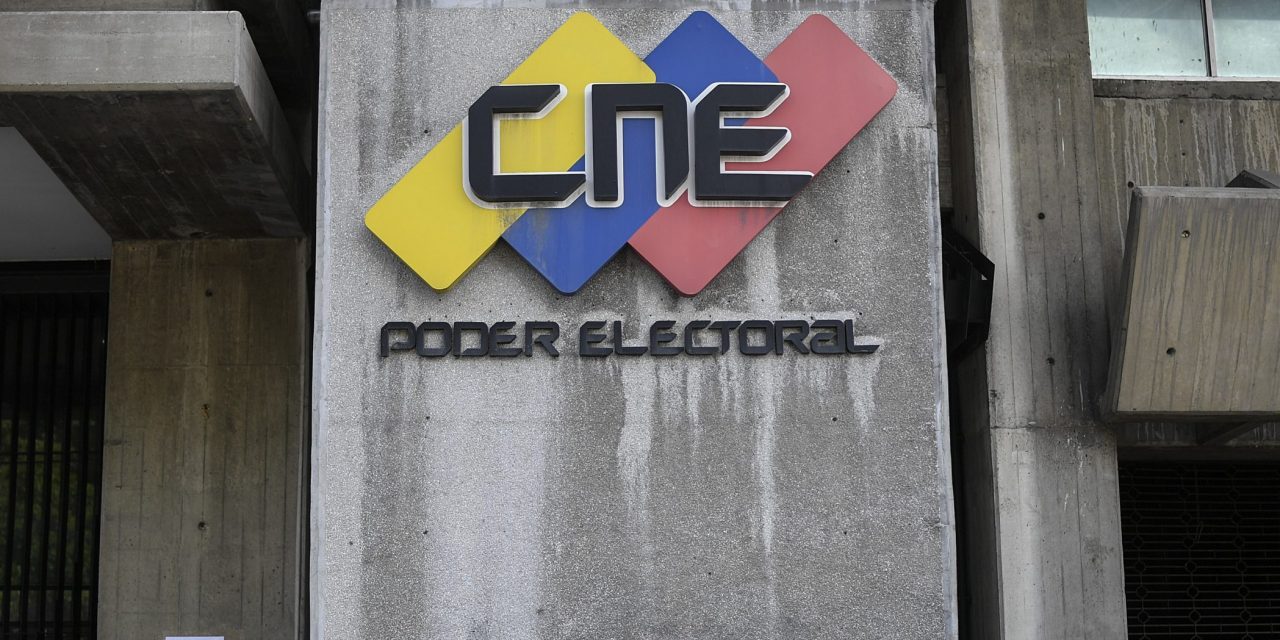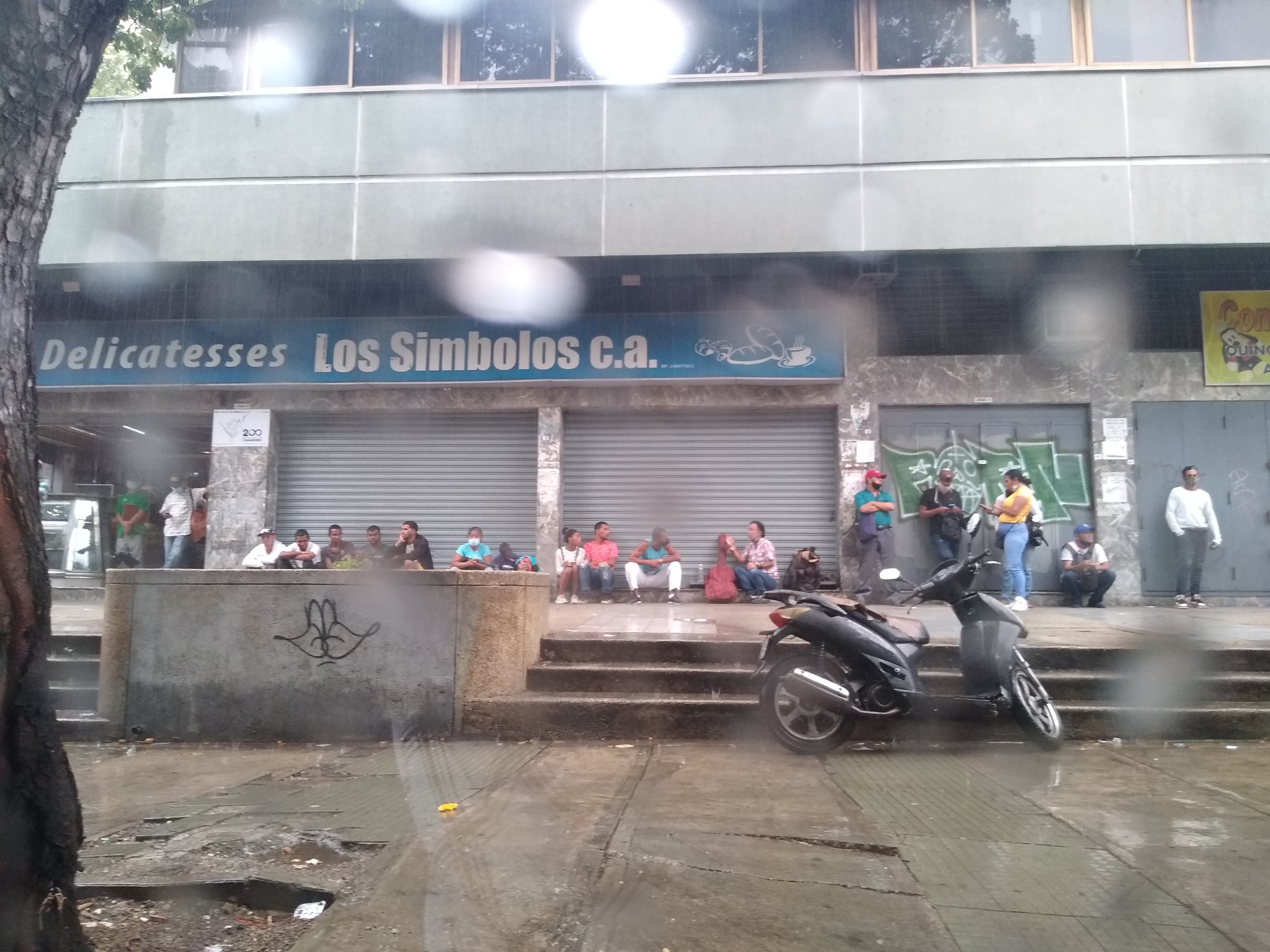The police and military violence monitoring team (Lupa por la Vida), together with PROVEA and the Gumilla Center, registered 472 alleged extrajudicial killings by the security forces in Venezuela in the first three months of the year.
January has been the most violent month with 228 cases. The massacre that took place in the Caracas working-class neighborhood of La Vega on Jan 8-9 left a toll of 23 people dead and became an unprecedented event after a police operation in the area was carried out by mixed commissions of the Special Action Forces (FAES), the Bureau for Scientific, Criminal and Forensic Investigations (CICPC) and the Bolivarian National Guard (GNB).
With 33 victims, the Libertador municipality became the county with the highest number of alleged extrajudicial killings in Caracas during January.
In February, the national figure for alleged extrajudicial killings decreased to 113 cases, while a slight rebound took place in March to 131 cases.
The deadliest police force
The Bureau for Scientific, Criminal and Forensic Investigations (CICPC) was the security organ with the unfortunate ‘honor’ of having the largest number of deaths in the first quarter of the year: 65 executions accounting for 13.77% of the total. 45 alleged extrajudicial killings at the hands of the CICPC took place in January alone.
There was also a decrease in deaths at the hands of the FAES, with only 56 cases in the first quarter. A police force that was classified as the most lethal security body in Venezuela, the FAES carried out almost 500 extrajudicial killings in 2020, out of a total of 2,853 registered cases.
Although lethality is maintained as a policy, the tactic of the Venezuelan State has been to replace one body with another in the execution of said policy, replacing, in this case, the FAES with the CICPC, in a change of the “visible face” of the perpetrators of lethal police actions.
Regional police bodies occupy the second position in lethality with 212 victims but with more cases as a whole. Of these, the regional police of Zulia state stand out with 58 alleged extrajudicial killings and the regional police of Carabobo state with 47. Put together, they represent 49.5% of the lethal actions of regional police bodies. The population of Zulia and Carabobo are the ones that suffer the most from institutional violence. The map was stained red in the west and center, more than in eastern Venezuela.
Police violence was more lethal in the most populated regions of the country such as Zulia and the central region. During these first three months of the year, the police and military bodies as a whole murdered 109 and 107 people, respectively, according to the investigation conducted by Lupa por la Vida. The two regions accounted for 45.76% of the cases. Aragua came third with 47 victims.
Mostly poor young men
Unfortunately, most of the victims belong to the profile of young men aged 18 to 30. This pattern has become the norm in this policy of “citizen security” by the Venezuelan state.
Most of the victims received a gunshot in the thorax or the face, according to collected data.
Working-class neighborhoods and slums continue to be the preferred location of the Venezuelan police and military forces for the execution of these procedures, generally under the pretext of practicing “security operations.”
Police Reform
Fifteen years after the so-called police reform (CONAREPOL), the result is a shameful police force less respectful of the right to life, which persists with “iron fist” policies that have shown not to contribute at all to reducing crime, but rather lead to more suffering for communities. The violence exercised by criminals and public order forces makes life much more difficult and risky for the poorest.
The La Vega Massacre
Two events in January and March became “emblematic” when assessing the behavior of security agencies in the framework of special operations.
The first of them is the so-called La Vega Massacre, in the La Vega neighborhood in Caracas, where 23 people lost their lives at the hands of mixed commissions of the FAES, CICPC, and GNB. The incident is considered the deadliest in the country’s history of the so-called citizen security operations.
At least 10 people were detained without any justification, according to recounts from relatives of the victims, some taken from their homes and then killed, even in front of other people’s eyes.
To justify the commission of the alleged extrajudicial killings, the police authorities reported that the deaths had occurred in the context of “clashes with elite police groups”.
The list of victims includes Richard Alejandro Chile Cabello, 20, an employee in a car wash; Julio Alexander Pino Moreno, 23, and Yefferson Moreno Plazola, 28, both workers at the Coche food market; Jhonatan Useche, 17, a butcher shop worker, and Nelson Enrique Villalta Tolima, who worked as a music teacher and watchman.
Alejandro Ramírez was killed at his friend’s house, according to the recount of his aunt, who stated that her nephew “left the house in shorts and without a shirt to buy a cigarette for his grandmother when he stopped by his friend’s house. Then they heard gunshots and decided to enter the house and close the door. The police entered the house and then more shots were heard ”.
The unfortunate list of victims also includes Yenkson José García Duarte, 32, Ángel Jesús Palma Martínez, 27, Guiovani Daboín Palma Martínez, 32, Raúl Antonio Lira Sánchez, 25, Néstor Duarte, Eliezer Rafael Martínez Rojas, Richard Alfonso Francia, Wilfredo José Naranjo Roca, 39, Carlos Alfredo Hernández Hurtado, 16, and Efraín Durán, 17.
More than 4 months after the incident, Attorney General Tarek William Saab and Ombudsman Alfredo Ruíz remain silent, while the relatives of the victims are in absolute helplessness and the community still has open wounds.
On May 8, an operation was carried out with the participation of the FAES, the Directorate of Criminal Investigations (DIP), and the Special Tactical Operations Unit of the Bolivarian National Police. The operation reportedly sought to confront the members of the “El Coqui” gang, a criminal group that maintains territorial control of Cota 905, a neighboring area to La Vega. As reported days before, the gang had taken several sectors of the neighborhood with the purpose of extending its dominance.
Armed conflict in Apure
During the armed conflict in La Victoria, Apure, on March 25, a commission of the Special Action Forces took 4 members of the same family from their home without prior judicial order. Hours later, the bodies of the 4 people were found with signs of execution and disguised as alleged guerrilla members in a rural area of El Ripial.
The victims were identified as Luz Dey Remolina, Emilio Ramírez, Jeferson Uriel Ramírez, and Ehiner Yafran Anzola Villamizar. Emir Ramírez, a relative of the victims, revealed that his parents, Luz Dey and Emilio, and his brother were not terrorists, as reported in the official minutes.
Later, the body of Julio César Jiménez, a baker from La Victoria, was found. His mother also denied the official version that his son belonged to a guerrilla organization.
Neither the Public Ministry and the Ombudsman’s Office have presented any information on this case, even though they announced the set up of a special commission to investigate these incidents within days of their occurrence.
Impunity on the part of the jurisdictional bodies tasked with investigating these events and determining the responsibilities of acting officials has prevailed in the first half of the year.
Impunity reigns
The absence of investigation and punishment of the perpetrators by the Venezuelan justice system increasingly justifies the work carried out by the United Nations Fact-finding Mission and the International Criminal Court, as well as the monitoring carried out by the High Commissioner for Human Rights, Michelle Bachelet.
Lupa por la Vida, a joint project of the Gumilla Center and Provea, will continue to make visible the serious situation of military and police violence in Venezuela and contribute to the search for truth and justice by the victims’ families.
Translated by José Rafael Medina




